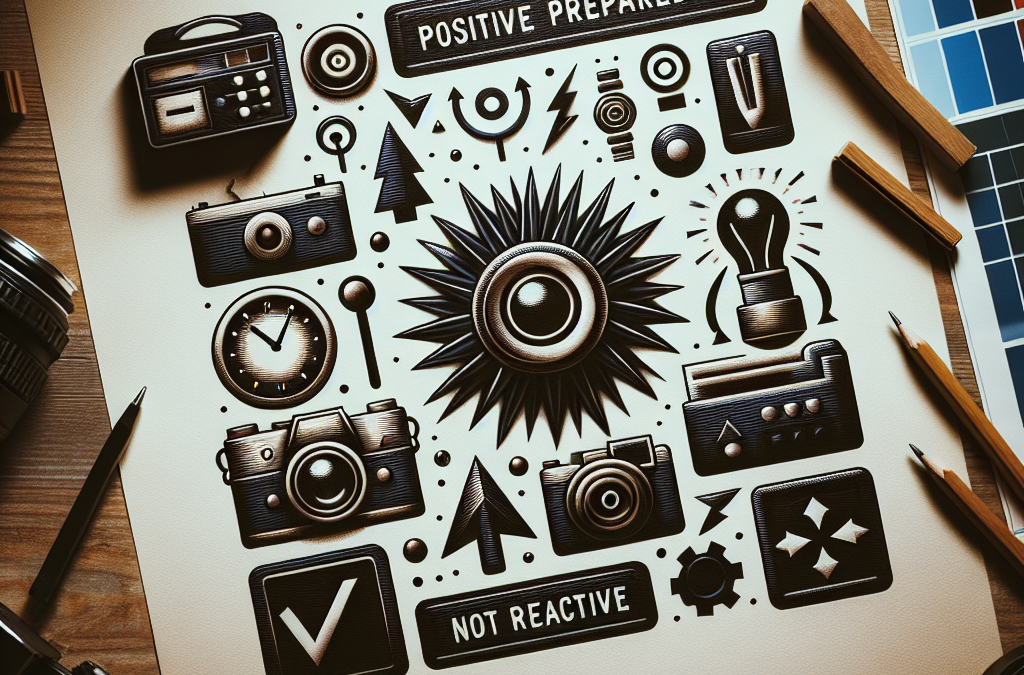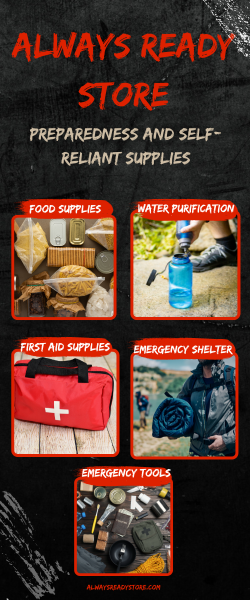Understanding the Importance of Preparedness
What Does Preparedness Mean to Me?
Preparedness, to me, is the art of anticipating challenges before they knock on your door. It’s about having an understanding of potential situations and being ready for them. Whether it’s about personal safety, financial stability, or health, being prepared means you’re not left in the lurch when life throws you curveballs.
When I started focusing on preparedness, I realized how much peace of mind it brought me. It’s like having an umbrella in your car during sunny weather—you never know when it might rain! Being prepared enables me to respond instead of react, making me feel empowered rather than helpless.
By evaluating past experiences and learning from them, I’ve crafted a mindset that gears me up for various situations. This is transformative, as it not only influences how I handle upcoming challenges but also boosts my confidence in daily life.
Building a Proactive Mindset
Shifting from Reaction to Action
I’ve learned the hard way that being reactive often leads to chaos. A proactive mindset means I take the initiative instead of waiting for something to go wrong. One of the strategies I use involves setting aside time each week to think about potential challenges I may face in the near future.
It’s not just about anticipating problems but also about crafting thoughtful responses. By having these plans in place, I don’t feel overwhelmed when issues arise; I feel ready. I remember one time when I was faced with an unexpected financial expense. Since I had proactively set aside an emergency fund, I handled it with ease, which was a game-changer.
It’s about reframing your thinking. Instead of panicking at the first sign of trouble, you start recognizing that you’ve got tools and strategies to handle whatever comes your way. This approach makes life far less stressful and far more manageable.
Thank you for reading this post, don't forget to subscribe NOW for FREE!
Identifying Potential Risks
Assessing Your Environment
There’s power in observation. I personally take time to look around my surroundings and think critically about the risks I might face. This could range from checking home security systems to considering natural disaster preparedness. For me, it starts with a simple assessment of my living environment.
Once I identified potential risks, I began prioritizing them. Not all risks are equal; some could be catastrophic, while others are minor inconveniences. This differentiation helps me focus my resources on what truly matters, making preparedness feel more achievable.
Furthermore, discussing these risks with friends and family also brings fresh perspectives. They might see something I overlooked, or we could brainstorm solutions together. It’s a collaborative effort that not only strengthens our preparedness but also our bonds.
Creating an Action Plan
Steps to Take When Preparing
Having a solid action plan is like building a safety net beneath you. I find it incredibly helpful to break down my plans into actionable steps. Whether I’m preparing for potential health issues or planning for emergencies, having those steps laid out is crucial.
For instance, I maintain a checklist for emergencies that includes essential contacts, supplies, and plan details. This isn’t just about a vague idea of what to do—it’s about having a clear path to follow when things get tough.
And let me tell you, referring back to those steps during a stressful moment is a lifesaver. I once had a minor health scare and, because I had everything lined out, I was able to make quick, informed decisions. It made a tumultuous time much smoother.
Review and Revise Your Preparedness Plans
Why Regular Updates Matter
Regularly reviewing my plans is something I can’t stress enough. Life changes and so do the challenges we face. What worked last year might not be effective today, so I’ve made it a habit to revisit my preparedness plans every few months.
This process is often as enlightening as it is necessary. I find gaps in my strategy and discover new tools to incorporate. Plus, it prompts me to think critically about my growth and how my approach to life differs from previous times.
And when I involve my family in these reviews, it adds a layer of accountability and shared responsibility. We discuss what’s working, what’s not, and brainstorm ways to improve our entire preparedness approach. This engenders not just readiness but unity as we face life’s uncertainties together.
Frequently Asked Questions
What is the main goal of positive preparedness?
The main goal is to enable individuals to anticipate potential challenges and respond effectively, minimizing panic and maximizing confidence in difficult situations.
How can I develop a proactive mindset?
Start by shifting your focus from reacting to events as they happen to preparing in advance. Set aside time weekly to identify potential risks and craft strategies to address them.
What should I include in my action plan?
Your action plan should encompass essential contacts, resources you’ll need during emergencies, and clear steps to follow in various scenarios. Don’t forget to keep it updated!
Why is it important to regularly review my preparedness plans?
Regular reviews ensure that your plans remain relevant and effective as circumstances change. It helps identify factors that may need adjustments to better prepare you for future challenges.
How can involving others in my preparedness process benefit me?
Involving family or friends fosters a collaborative environment where you can gain new insights, share the workload, and enhance mutual support during crises.






